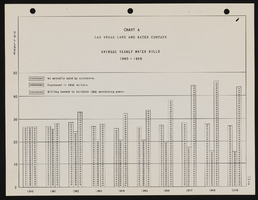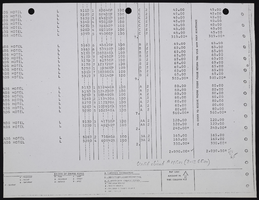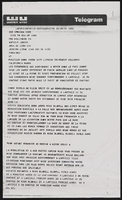Search the Special Collections and Archives Portal
Search Results

Letter from Walter R. Bracken (Las Vegas) to R. L. Adamson (Los Angeles), March 11, 1935
Date
Archival Collection
Description
Bracken calling on the Assistant Chief Engineer to do something about the leaking
Text

Letter from Walter R. Bracken (Las Vegas) to F. R. McNamee (Los Angeles), August 14, 1913
Date
Archival Collection
Description
Bracken wrote to the company lawyer to find a permanent solution to a yearly problem of gate vandalism at the Stewart burial plot.
Text

Telegram from Edward C. Renwick (Los Angeles) to G. A. Cunningham (Salt Lake City), April 30, 1959
Date
Archival Collection
Description
The Water District advised that they did not have the facilities to supply enough water to Las Vegas and would not object to the Union Pacific Railroad providing water from its shop well.
Text
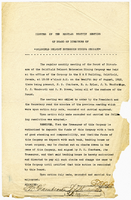
Minutes of the regular monthly meeting of the Board of Directors of Goldfield Belmont Extension Mining Company, August 12, 1912
Date
Archival Collection
Description
Text
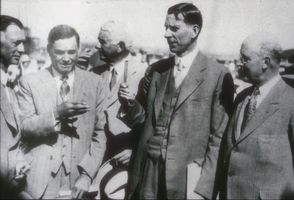
Slide of the construction of the Hoover Dam, February 13, 1932
Date
Archival Collection
Description
Image
Hoggard, Mabel, 1905-1989
Mabel Hoggard was the first licensed African-American educator in Nevada. Hoggard taught primarily first and second grade at various elementary schools throughout Clark County, Nevada from 1946 until her retirement in 1970. The schools she taught at included Westside Elementary, Matt Kelly Elementary, Highland Elementary, and C.V.T. Gilbert Elementary, all located in Las Vegas, Nevada.
Person

